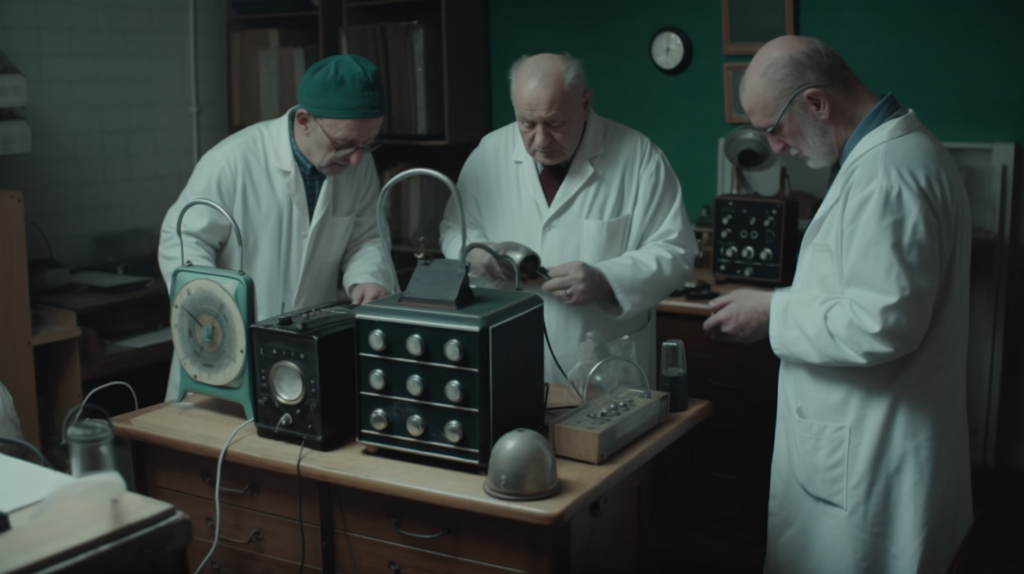Navigating the MDCG 2020-6 Guidance: Ensuring Clinical Evidence Compliance for Devices Previously CE Marked under Directives 93/42/EEC or 90/385/EEC

Introduction:
The transition from the Medical Device Directives (MDD) 93/42/EEC and 90/385/EEC to the Medical Device Regulation (MDR) 2017/745 has brought significant changes to the clinical evidence requirements for medical devices in the European Union. The MDCG 2020-6 guidance, titled “Clinical evidence needed for medical devices previously CE marked under Directives 93/42/EEC or 90/385/EEC,” provides crucial insights for manufacturers and notified bodies on meeting the updated clinical evidence requirements during the transition. This comprehensive guide will analyze the key aspects of the MDCG 2020-6 guidance, offering practical recommendations and take-home messages for medical device manufacturers navigating this regulatory shift.
Section 1: Understanding the Regulatory Transition
The MDR 2017/745 introduces more stringent requirements for clinical evidence and post-market surveillance, aiming to ensure the safety and performance of medical devices in the European market. Manufacturers of devices previously CE marked under the MDD must now demonstrate compliance with the updated requirements of the MDR. The MDCG 2020-6 guidance serves as a valuable resource for manufacturers and notified bodies, detailing the clinical evidence expectations for devices transitioning from the MDD to the MDR.
Section 2: Key Concepts of the MDCG 2020-6 Guidance
The MDCG 2020-6 guidance addresses several crucial aspects of clinical evidence for transitioning devices, including:
Clinical Evaluation: The guidance emphasizes the importance of a thorough clinical evaluation, which must be performed according to the principles outlined in Annex XIV of the MDR. This includes the need for a well-structured Clinical Evaluation Plan (CEP) and a comprehensive Clinical Evaluation Report (CER).
Equivalence: The MDCG 2020-6 guidance clarifies the criteria for demonstrating equivalence with another device. This concept is particularly relevant for manufacturers who wish to use clinical data from equivalent devices to support their own device’s safety and performance claims.
Legacy Devices: The guidance highlights that legacy devices (devices previously CE marked under the MDD) must meet the MDR’s clinical evidence requirements to maintain their CE marking. Manufacturers must update their clinical evaluation documentation to comply with the MDR, even if their device has not undergone significant changes.
Clinical Investigation: The MDCG 2020-6 guidance discusses the need for clinical investigations for certain devices, such as implantable devices or devices with new intended purposes. Manufacturers must determine whether a clinical investigation is necessary to demonstrate compliance with the MDR’s safety and performance requirements.
Section 3: Practical Recommendations for Manufacturers
To ensure compliance with the MDCG 2020-6 guidance and the MDR, manufacturers should consider the following recommendations:
Review and update your existing clinical evaluation documentation to meet the requirements of Annex XIV of the MDR, including the development of a CEP and CER.
Assess the equivalence of your device with other devices on the market, and provide a robust justification for using clinical data from equivalent devices, if applicable.
Evaluate whether your legacy device requires additional clinical investigations to demonstrate compliance with the MDR’s safety and performance requirements.
Collaborate with a multidisciplinary team of experts, including clinicians, engineers, and regulatory specialists, to ensure a comprehensive and accurate clinical evaluation.
Stay up-to-date with regulatory changes and guidance documents, such as the MDCG 2020-6, to ensure that your clinical evaluation and evidence align with the latest requirements and expectations of regulatory authorities.
Section 4: Take-Home Messages for Medical Device Manufacturers
As you navigate the transition from the MDD to the MDR, keep the following take-home messages in mind:
The MDCG 2020-6 guidance is a critical resource for understanding the clinical evidence requirements for devices previously CE marked under Directives 93/42/EEC or 90/385/EEC.
Thorough clinical evaluation and updated documentation are essential for demonstrating compliance with the MDR’s safety and performance requirements.
Equivalence assessments and justifications play a significant role in using clinical data from other devices to support your own device’s claims.
Manufacturers should determine whether additional clinical investigations are necessary for their legacy devices to maintain CE marking under the MDR.
Collaborating with a multidisciplinary team and staying informed about regulatory updates will help ensure that your medical device meets the evolving requirements of the European market.
Conclusion:
The MDCG 2020-6 guidance offers valuable insights for medical device manufacturers transitioning from the MDD to the MDR, particularly regarding clinical evidence requirements. By understanding the key concepts outlined in the guidance, implementing practical recommendations, and focusing on the take-home messages presented in this comprehensive guide, manufacturers can successfully navigate the regulatory shift and maintain their devices’ CE marking in the European market. Ultimately, adhering to the updated clinical evidence requirements contributes to the overall improvement of patient outcomes and the quality of healthcare.

Pingback: Demystifying the MDCG 2019-9 Rev.1 Guidance: A Comprehensive Manual on Summary of Safety and Clinical Performance for Medical Device Manufacturers and Notified Bodies - HealthX
Pingback: Mastering Post-Market Surveillance for Medical Devices: An In-Depth Guide - HealthX